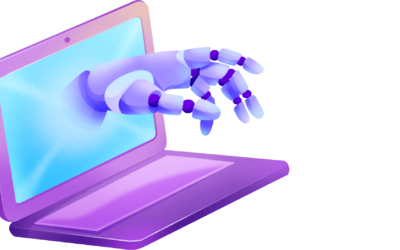Art and technology have always intersected, but never as profoundly as in the age of Artificial Intelligence. AI is not just about algorithms and data; it’s about understanding and simulating human-like intelligence.
How does AI relate to art?
In many ways:
1. Generative Art: AI can autonomously create art, allowing us to appreciate the beauty of computer-generated artworks.
2. Art Analysis: AI can analyze and categorize art, helping us understand styles, techniques, and the cultural contexts of various periods.
3. Art Restoration: AI can be employed in the restoration and preservation of art, conserving cultural heritage.
The importance of AI
Art education is vital for personal and societal growth. It fosters creativity, critical thinking, and cultural awareness. However, art education faces challenges in terms of access, resources, and adapting to modern technology. AI can significantly enhance art education:
1. Democratization: AI-driven platforms make art education accessible to a global audience, breaking down geographical and socioeconomic barriers.
2. Personalization: AI can tailor lessons to individual needs, adapting to students’ skill levels and learning paces.
3. Augmented Learning: AI can provide interactive, immersive experiences that enrich traditional art education methods.
How can we apply AI in the classroom to enhance art education?
1. Interactive Learning Tools: AI-powered apps and software can provide real-time feedback on a student’s art, helping them understand and improve their work.
2. Art History and Analysis: AI can assist in the study of art history by analyzing vast datasets of artworks and providing insights into various styles, artists, and historical contexts.
3. Art Creation Assistance: AI can help students overcome creative blocks by suggesting ideas, techniques, or even generating elements of their art.
Challenges
While AI holds great potential in art education, it’s not without challenges:
1. Bias and Ethics: AI can perpetuate biases present in the training data, leading to concerns about diversity and representation in art.
2. Loss of Human Touch: The personalized, empathetic connection between a teacher and student is a fundamental aspect of art education, and AI should complement, not replace, this interaction.
3. Accessibility: Not all students have equal access to technology, and bridging this digital divide is a crucial consideration.


